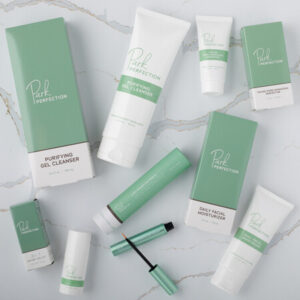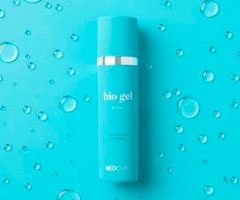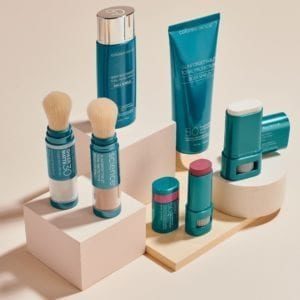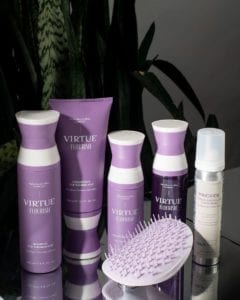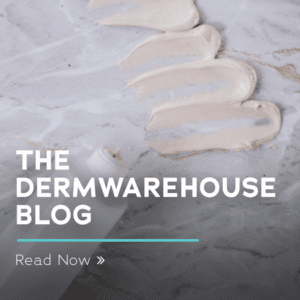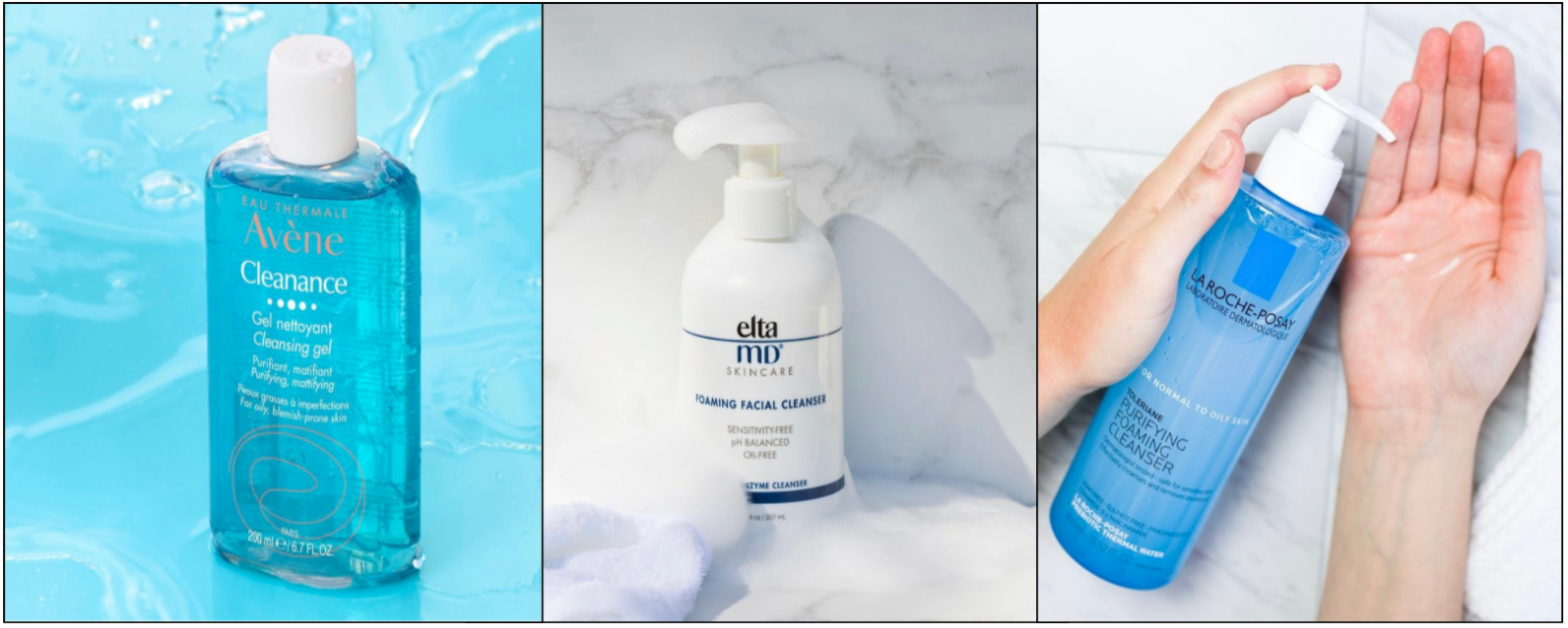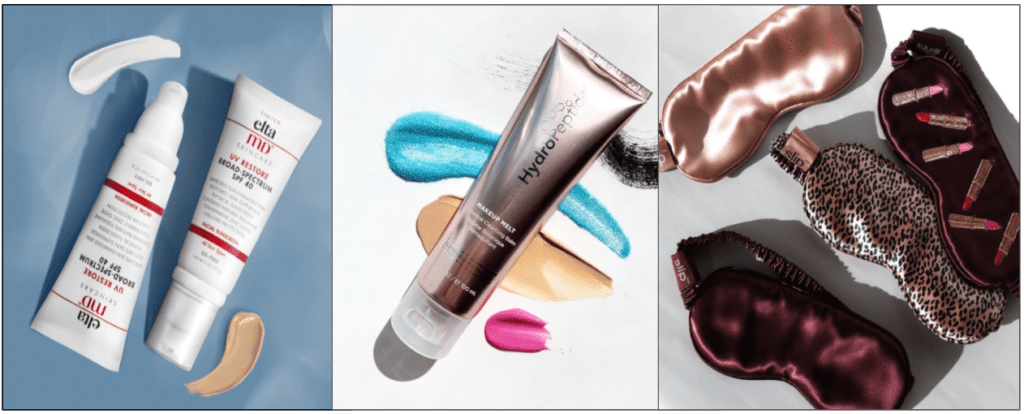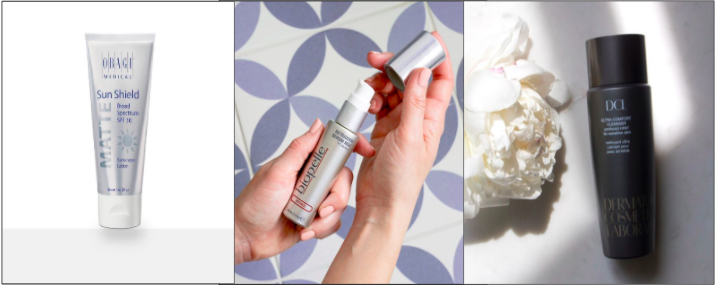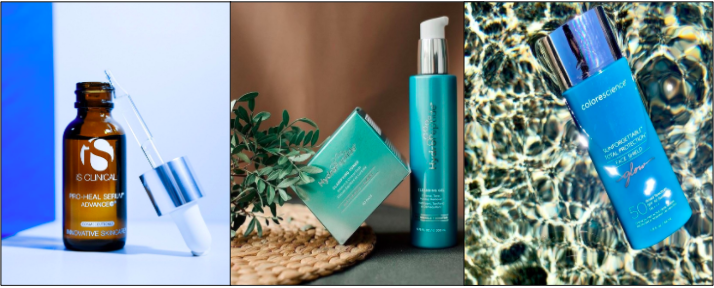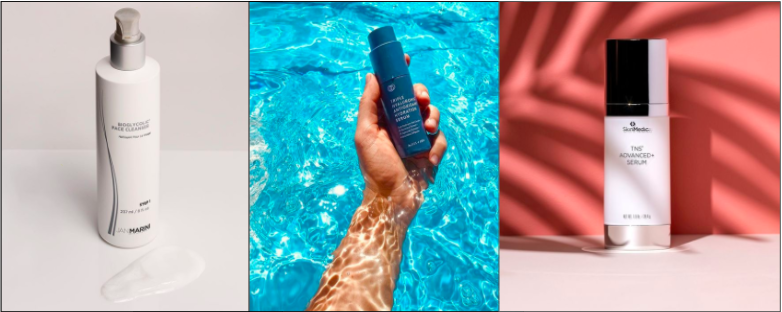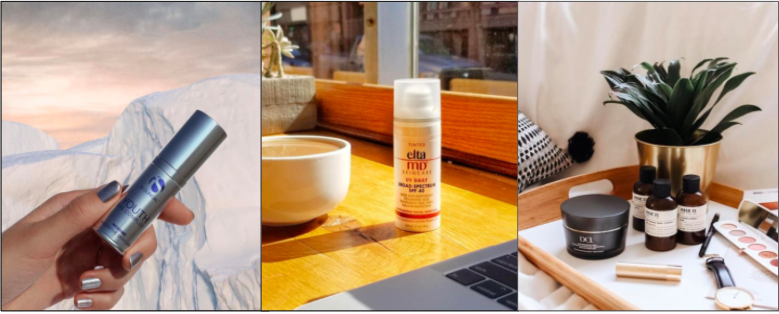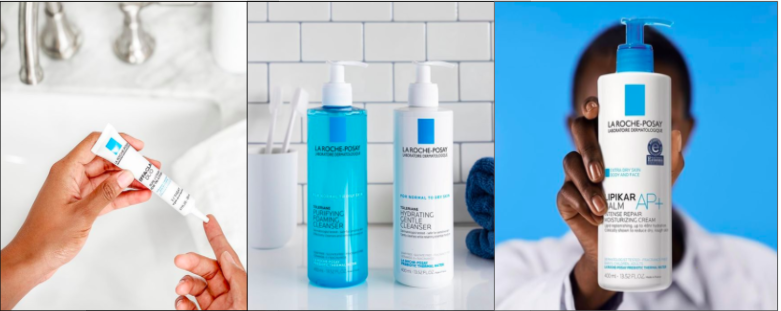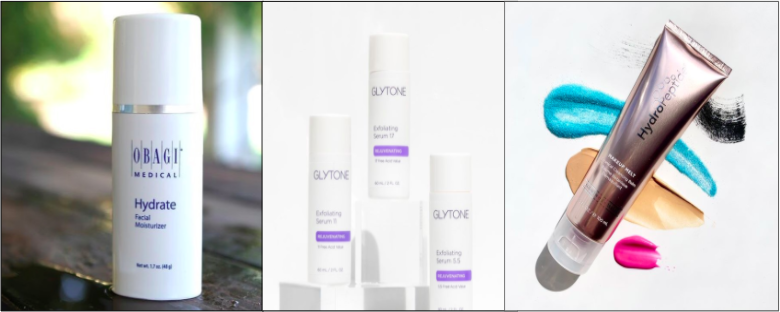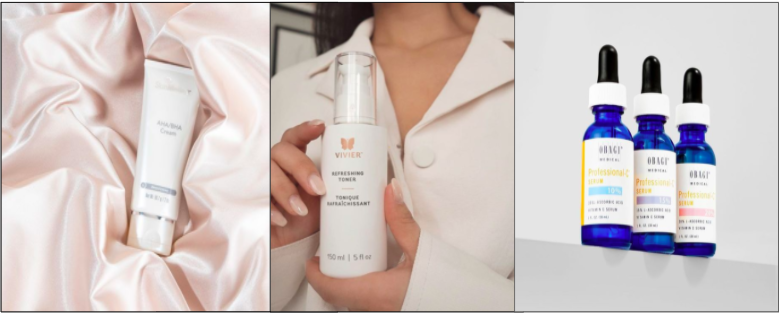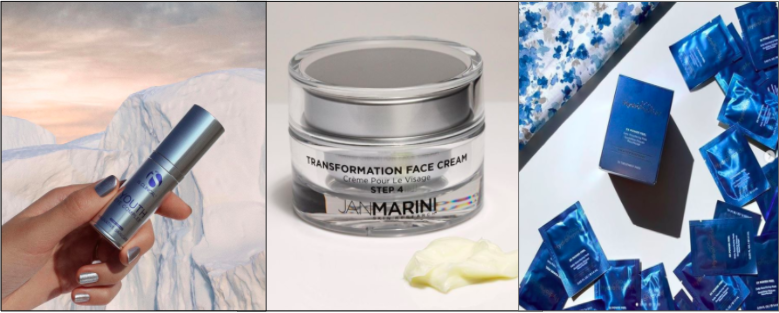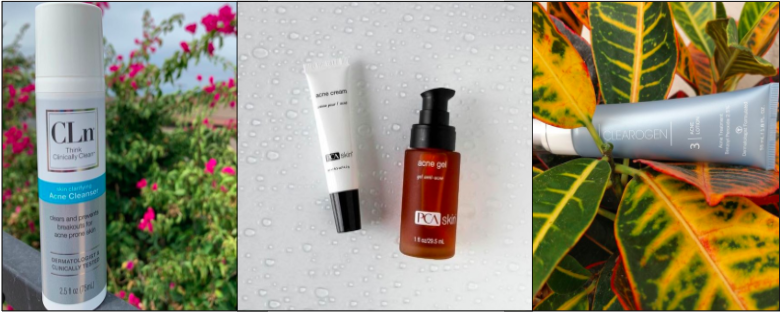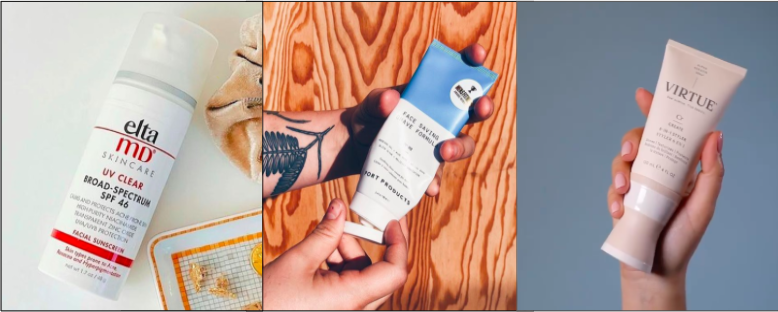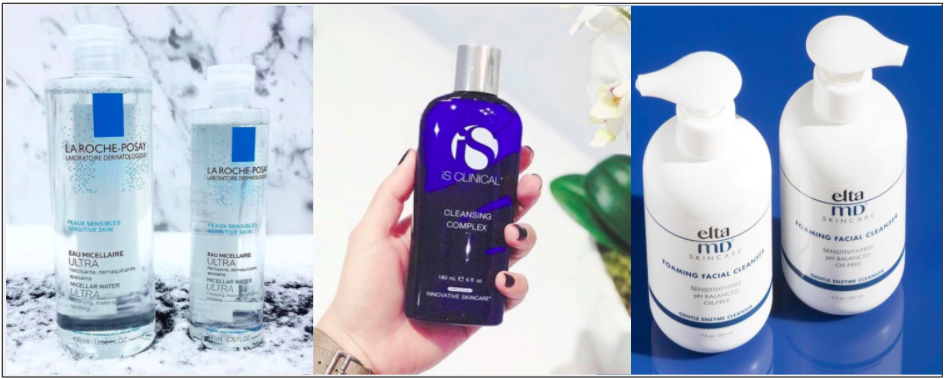If there’s any part of your skincare routine that you should be doing every single day regardless of your skin concerns or how tired you are, it’s using sunscreen in the morning and washing your face. The very least you can do for your skin is to cleanse it of excess oil, dead skin, and dirt after a long day, and it’s one of the most important steps of your routine. Whether you cleanse with micellar water, cleansing balm, or foaming liquid, it’s vital to make sure you’re washing your skin everyday, but also that you’re washing it properly.
The first thing you’ll need to do is pick out the best cleanser for your skin type and concerns. The cleanser you use can make a huge difference in your skin, which is why it’s important to take care in choosing the best one for you. Check out our blog on the best cleansers for your skin type for more recommendations!
Dry Skin: When your skin is already dry, it’s important to make sure that your cleansing habits aren’t stripping the skin even more. You’ll want a cleanser that’s gentle, doesn’t strip away natural oils, but cleanses deeply enough to rid your pores of impurities. Ingredients to look for include hyaluronic acid, ceramides, and glycerin, while ingredients to avoid include strong acids or retinol.
Oily Skin: If your skin constantly feels like an oil slick, you’ll want to use a cleanser that can intensely cleanse the skin to prevent breakouts and absorb excess oil, but also doesn’t leave the skin dry and stripped. You want your pores to be free of dirt, dead skin, and oil to keep your skin clear and radiant. Ingredients to look for include chemical exfoliants like salicylic acid, witch hazel, and hyaluronic acid (you still need to hydrate, even with oily skin!) Avoid heavier formulas with ingredients like shea butter to keep your skin looking shine-free and healthy.
Acne-Prone Skin: If you’re suffering from acne, you may have the urge to scrub and wash your face until it feels squeaky clean, but this can actually cause further irritation and damage your barrier, leading to more breakouts and redness. Cleansing is an important part of your routine if you suffer from acne, as it washes away makeup and impurities that can clog your pores and allows for targeted treatments to absorb into your pores without difficulty. Ingredients to look for include benzoyl peroxide, salicylic acid and glycolic acid for exfoliation, and hyaluronic acid, niacinamide, and ceramides to balance the skin barrier. Ingredients to avoid include sulfates, essential oils, silicones, and coconut oil.
Normal Skin: If your skin is pretty normal, you’ll want a cleanser that cleanses deeply into your pores, but is also gentle and non-stripping. It’s still important to get all your makeup off and clear your pores of dead skin and dirt, even if it won’t cause breakouts or irritation for you. (Lucky!) Look for cleansers with hyaluronic acid, Vitamin C, or any alpha hydroxy acids. The ingredients you choose really depend on what you’re looking for with your normal skin, whether that’s brightening, exfoliating, or hydrating. Avoid mixing too many of these ingredients; if your cleanser has an AHA, avoid using retinol immediately following, for example.
Sensitive Skin: If your skin is sensitive or reactive, it feels like just about anything can cause it to get red and irritated. You’ll want an ultra-gentle cleanser that doesn’t use any harsh exfoliants or actives and cleanses the skin without causing dryness or redness. Look for cleansers with ceramides, hyaluronic acid and other humectants, prebiotics, or aloe vera. Avoid fragrances, chemical and physical exfoliants, retinol, sulfates, and essential oils.
Now- what is truly the proper way to wash your face?
Again, it can depend on the formulation of your cleanser. In some instances, you’ll want to use a gentle makeup remover before cleansing if you’re wearing heavy or waterproof makeup. If you’re using an oil or balm cleanser, apply it to your dry face and massage gently to remove makeup, oil, and dirt. Get your hands wet with lukewarm (not hot!) water and massage until the formula is emulsified. Rinse and pat dry as you normally would. For other types of cleansers, like foam or cream, you’ll want to wet your face beforehand with lukewarm (again, not hot!) water. Apply using your fingertips and gently massage in circular motions until the cleanser is covering your whole face. Depending on the cleanser, you may massage for a few minutes. Rinse your face with lukewarm water until all of the cleanser is washed off, and pat dry. It’s important to pat your skin dry with a towel or cloth instead of scrubbing, as this can cause additional irritation and redness.
How often should I be washing my face?
At the bare minimum, you should wash your face every night before bed to get rid of sweat, dirt, and makeup from the day. Leaving makeup on your face clogs your pores and can cause acne, large pores, and wrinkles. On a normal basis though, you should be cleansing every morning and evening. It’s important to cleanse in the morning because throughout the night, dirt, dead skin, and other bacteria can transfer from your pillow and sheets to your face, and you’ll want a fresh, clean palette to apply your morning skincare and makeup. If you work out during the day or feel especially sweaty, it’s worth it to give your skin another good clean to get rid of sweat and bacteria, but be careful- washing your face too much can actually dry it out.
Other tips for cleansing your skin:
- We say to use lukewarm water because using extra-hot water can strip your skin and leave it irritated and red.
- Apply your hydrating serums or moisturizer while your skin is still damp from cleansing! This helps lock in moisture to the skin and keep it soft and supple.
- Don’t forget to bring some of that cleanser down to your neck! As mentioned in our blog about Revision Skincare’s Nectifirm, your neck is one of the first places you’ll show aging, so make sure you’re giving it the same care you’re giving the rest of your skin!

